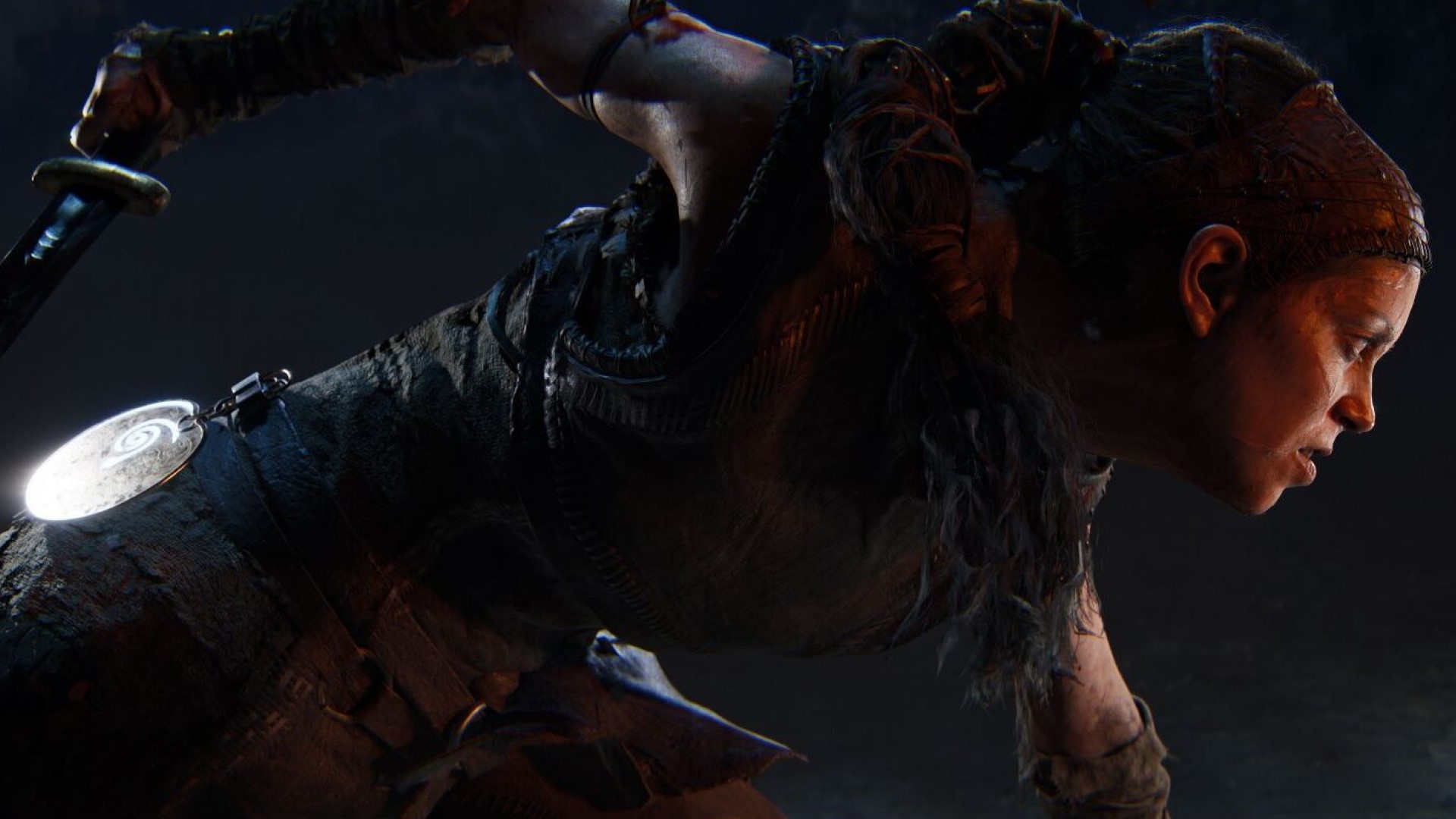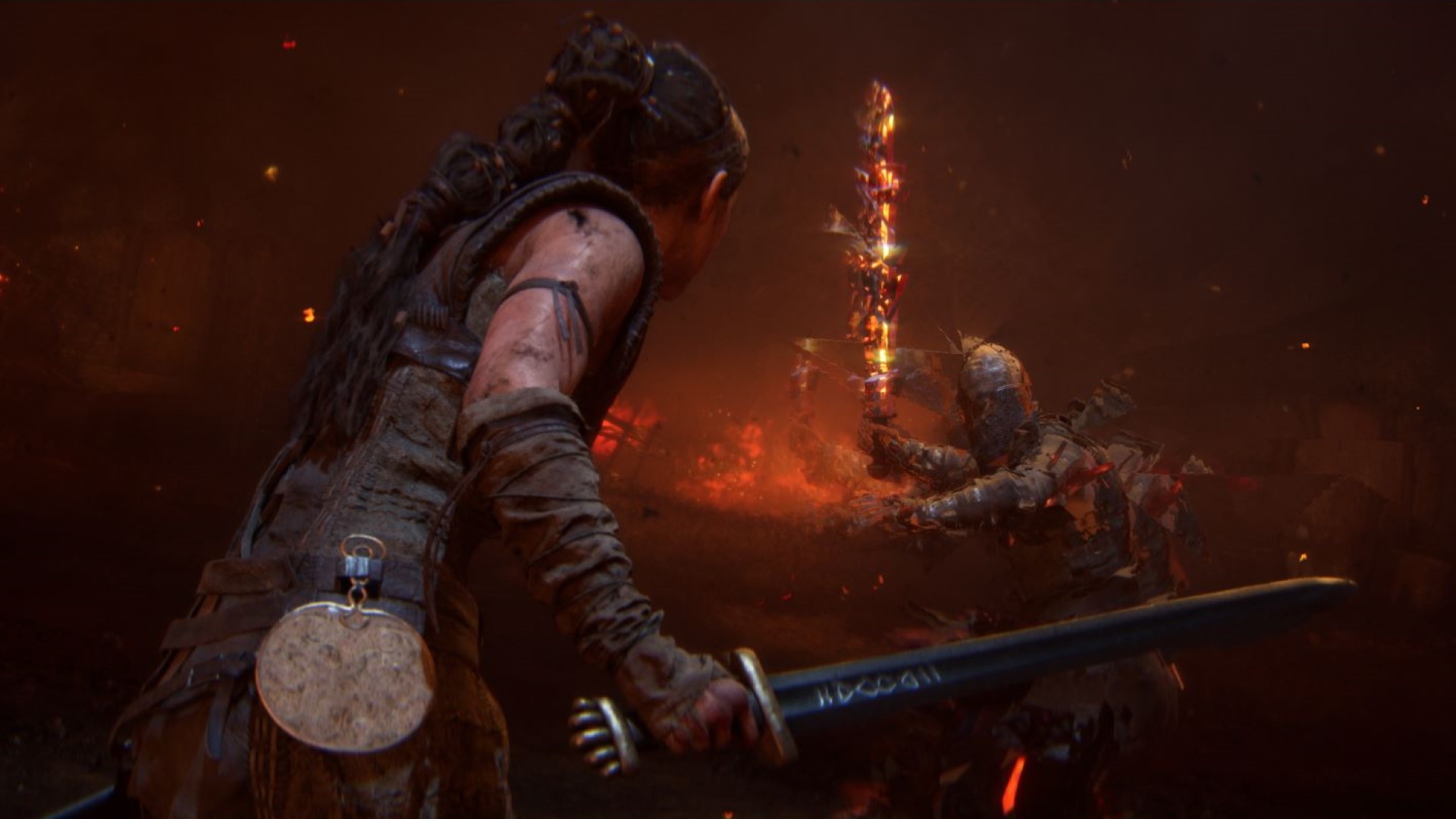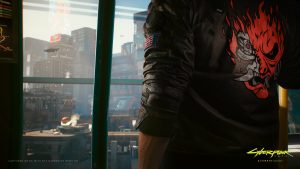
Ninja Theory’s long-awaited sequel to 2017’s award winning Hellblade: Senua’s Sacrifice is finally upon us. This time, Senua embarks on a brutal journey of survival through mythical Viking Iceland, her dogged determination to confront the marauders who’ve enslaved her Pict people forging her through a dark and dangerous fantasy world. Hellblade creator at Ninja Theory Tameen Antoniades is promising a sequel that is grander in scale in every perceivable way – highly detailed, more immersive visuals, awe-inspiring cinematic set pieces, encapsulating sound, expanded combat capability, and Senua’s deeper understanding and acceptance of her psychosis are all set to make Hellblade: Senua’s Sacrifice – in Antoniades’ words – look like an indie game in comparison to its sequel.
Principal in Hellblade II’s beautifully realised visuals is Ninja Theory’s use of Unreal Engine 5. The developer has already shown off the game’s superbly lifelike facial animations thanks to UE5’s Metahuman technology during a GDC presentation in 2023, but according to VFX Director Mark Slater-Tunstill in Ninja Theory’s recent behind the scenes Developer Direct showcase the team were fortunate enough to undertake numerous reference gathering trips to Iceland to help them best portray the sense of scale in this desolate, beautiful place. Allegedly, certain sections of the game will directly mimic real-world locations discovered on these scouting trips, with minimal changes to pathways and structure design implemented in game by the developer’s level designers.
“The idea is believability” states game designer Antoniades, “making things look real or believable” with the best way to do that according to him being to “base everything on real things.” Their ambitious pursuit for high detail extends to the in-game character worn costumes too, with real outfits – sometimes burnt or damaged – being scanned into the game engine via photogrammetry, giving an authentic weathered look to each character. The Hellblade II dev is also using advanced ‘flow maps’ to make clouds form and dissolve as naturally as possible. The team’s goal, clearly, is to obtain a seamless suspension of disbelief for players. When coupled with its superb dynamic lighting it looks as though they might just be about to drop one of the best-looking games we’ve ever seen.
The game’s combat has also received a major overhaul for this sequel. Arguably the most underbaked aspect of Senua’s Saga, for Hellblade II Senua actress Melina Juergens have put in some hard work to transform herself into a motion capture warrioress. Combat is a bigger focus of the overall action but reinforcing the game director’s overriding philosophy of basing everything on real things, the only combat manoeuvres Senua can perform in-game are ones Juergens can do in the studio. If Juergens can’t put it off via mo-cap, then it gets left on the cutting room floor.
To achieve this heightened realism, Juergens underwent extensive training via the Screen Combat Academy in London, learning all her own fighting moves and – including, as revealed in the behind-the-scenes snapshot Diary of a Digital Hooman Episode 2 Warriors in the Making – being taught how to fight with a sword. Further exemplifying the developer’s commitment to realism, all Ninja Theory’s animators took the same combat course. The point of this was twofold: 1, it’d give them a clearer working knowledge of the type of combat abilities Juergens will be able to put into Senua’s move set, and 2, it gave Juergens ample opponents of necessary skill with which to practice and record her mo-cap performances with. During this time, she worked intensively on her fitness and trained one-on-one with a stunt coordinator.
Whilst we haven’t seen a lot of one-on-one fighting in the gameplay footage shared by Ninja Theory just yet, we do get flashes of brutal combat in the latest official trailer revealed at The Game Awards 2023, and from those flashes it seems Juergens’ hard work is paying off. What’s most striking though isn’t the competence of Senua with a sword, but the sheer laboriousness of it. Senua looks shattered, like she’s barely clinging on to life, about to collapse in exhaustion, her raucous screams taking as much effort as every sword swing. This feeling is deliberate, of course, with VFX director Slater-Tunstill stating as much in describing Hellblade II’s action more akin to a survival horror, with players barely surviving every combat encounter. “We want the player to always feel like the just scraped through”, he says.
One thing is clear, survival is going to be a struggle. On her side for this journey through 10th century Iceland are the psychotic visions and voices materialising in her head. Senua has grown to accept who she is, and no longer fears her psychosis but embraces in, and in turn these voices often offer up help and support. Furthermore, Senua will encounter others on her journey who embrace her unique perspective too, whilst others will see it as an obstacle.
The original Hellblade’s depiction of mental illness was praised by players and critics alike owing to its well-researched authenticity, and the fact Ninja Theory were careful not to reduce the very real-world mental condition to a gameplay gimmick. For Hellblade II, Ninja Theory have sought further consult from experts in the field, most notably professors at Cambridge University and with people who live with the condition themselves. Whereas Senua was once terrified of who she was, now she can use her psychosis to her advantage like a weapon. Ninja Theory believe this shifted perspective will deliver something more meaningful to players, and there’s no doubt that the psychosis Senua now accepts is a part of her will be handled with utmost sensitivity in Hellblade II.
Deepening the immersion further is Ninja Theory’s continued focus on the game’s audio design. Perhaps amongst the greatest strength of its forerunner, Hellblade II will deploy the same binaural audio techniques in this sequel giving players a more true-to-life experience as the auditory hallucinations whisper chillingly in Senua’s head. Binaural audio extends to the game’s environmental sounds and music this time too, with listeners expecting the most realistic recreation of sound currently possible. If you don’t own a set of gaming headphones yet, Senua’s Saga: Hellblade II might be the game that encourages you to take the plunge, given the promised immersion and deep connections to the player-character and story that the binaural sound will provide.
More glimpses of actual gameplay would be appreciated before the game’s release, but given the moody atmospherics, brutal combat, immersive sound design, and heightening focus on realism, it’s not without question we could be seeing Senua’s Saga: Hellblade II in contention for game of the year. Hopefully it’ll come to more platforms than Xbox and PC, as the effort and dedication Ninja Theory have put into this sequel deserved to be played by as many gamers as possible.
Note: The views expressed in this article are those of the author and do not necessarily represent the views of, and should not be attributed to, GamingBolt as an organization.
















